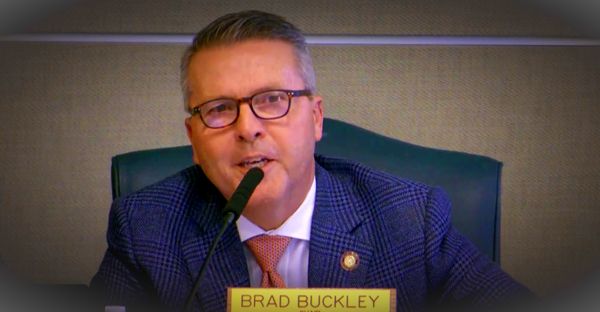Workers may know "what" they do — but not always "why" they are doing it. Yet giving them a compelling "why" transforms apathy to employee engagement.
Employees who know why their jobs are important take organizations from mediocre to remarkable, said Steve Curtin. He's the author of "The Revelation Conversation: Inspire Greater Employee Engagement by Connecting to Purpose."
Leaders should initiate informal conversations, "a one-on-one exchange that reveals the higher purpose of employees' job roles," he said.
Doing so connects employees' real world of work to their purpose. It "ensures that your people are on board, rather than just bored," Curtin said. That creates employee engagement.
Put Purpose First To Instill Employee Engagement
Every organization — and every job role within an organization — has a purpose, Curtin says. This is true whether or not it's been communicated at every level of the organization.
All leaders and managers must be fluent in these corporate ideals if they expect to have any credibility championing them, he adds.
"It doesn't matter whether you call it a mission, a vision, or your organization's purpose. It only matters that it's credible and relevant," Curtin said. Regardless of what you call your company's guiding statement, "you must be able to recall it."
Light Up Your Organization's Core Values
Posting a set of core values on your corporate webpage isn't going to inspire employees. Instead, Curtin said, "describe how your organization interprets these values and how they should show up in employees' real world of work."
Let's say a company thinks one of its core values is keeping its word. Explain what this means. It might be communicated like this, he said: "We believe that making a promise is a commitment to keep our word. Each time you successfully honor a commitment, it reflects your integrity, trustworthiness and priorities."
Curtin says this definition should be followed by a "how-to" description of the behaviors that demonstrate this value in action. An example might be saying: "Keeping promises happens when we are dependable and make responsiveness a priority."
Disinfect Toxicity For Employee Engagement
Employees are 10 times more likely to leave their jobs to flee a toxic work culture than to make more money, said John Baird. Baird and Edward Sullivan wrote "Leading With Heart: Five Conversations That Unlock Creativity, Purpose, And Results." Baird and Sullivan are executive coaches.
"You can't pay people enough to suffer poor management," Baird adds. But "managers that lead with heart enjoy higher retention and deliver better bottom-line results."
This shows empathy, and people react positively to it, he says.
Understand What Your Teams Need
All too often, managers focus on what they need from their teams to meet deadlines and stay on plan, Baird said. But they don't stop to ask what their teams need to be able to deliver on those plans.
"Get radically curious and treat everybody as an individual," Sullivan said. Some people need better snacks and kombucha tea on tap at the office. Others need to feel more psychologically safe. Still others need the freedom to work on their own schedules from coffee shops or their living rooms."
The biggest mistake Baird and Sullivan see leaders make when trying to meet these needs is trying a one-size-fits-all approach. "Flexibility and curiosity are paramount," Baird said.
Ditch The Stuffed-Shirt Routine To Stir Employee Engagement
Leaders get better results from their employees when they engage them with curiosity, compassion and vulnerability," Baird said. This is more effective than the tropes of executive presence: vision, direction and invincibility.
"For decades we've been taught that we have to leave our emotions at home and come to the office suited up and ready to perform our jobs like robots," he said. "But we end up wasting more energy hiding who we are than being resourceful and creative."
Leaders who make that emotional connection and allow their teams to be themselves at the office get "better results, see more retention and have healthier corporate cultures," Sullivan said.







